Affiliate links on Android Authority may earn us a commission. Learn more.
Road to 4K: Do we need it? And who will be first?
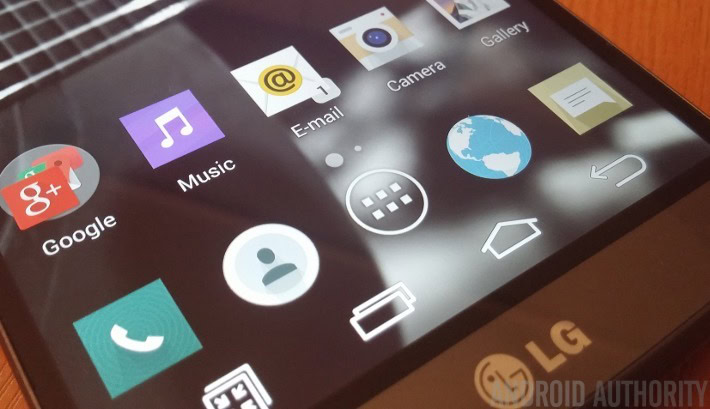
The question of whether we need 4K (Ultra HD) displays on a smartphone has been raised in many discussions and the answer is usually that we don’t, as 4K is beyond what the typical eye can see. Yet the smartphone market is progressing at such an advanced rate that the question should be a case of when – and not if – 4K (UHD) displays become truly portable.
I vividly recall a conversation I had with a few colleagues early last year, that turned into debate about whether Quad HD would ever become a reality. Yet now, less than 18 months later, the industry already looks to be moving past QHD.
Both Samsung and LG have introduced QHD screens in their smartphones, while other manufacturers don’t seem to be showing as much interest. With that said, there are still plenty of manufacturers that strive to be the first to reach 4K UHD. Let’s take a look at who is most likely to make the first 4K phone and the benefits and drawbacks that moving to such high resolution will bring.
Display panel manufacturers
Before we can consider who will be first, we need to consider which display manufacturer is capable of producing a 4K smartphone display. There are several major LCD manufacturers, who create displays for everything from smartphones and tablets to automobiles and navigational equipment, but here’s the few that are most likely to be involved with the production of a UHD smartphone display.
Samsung Display
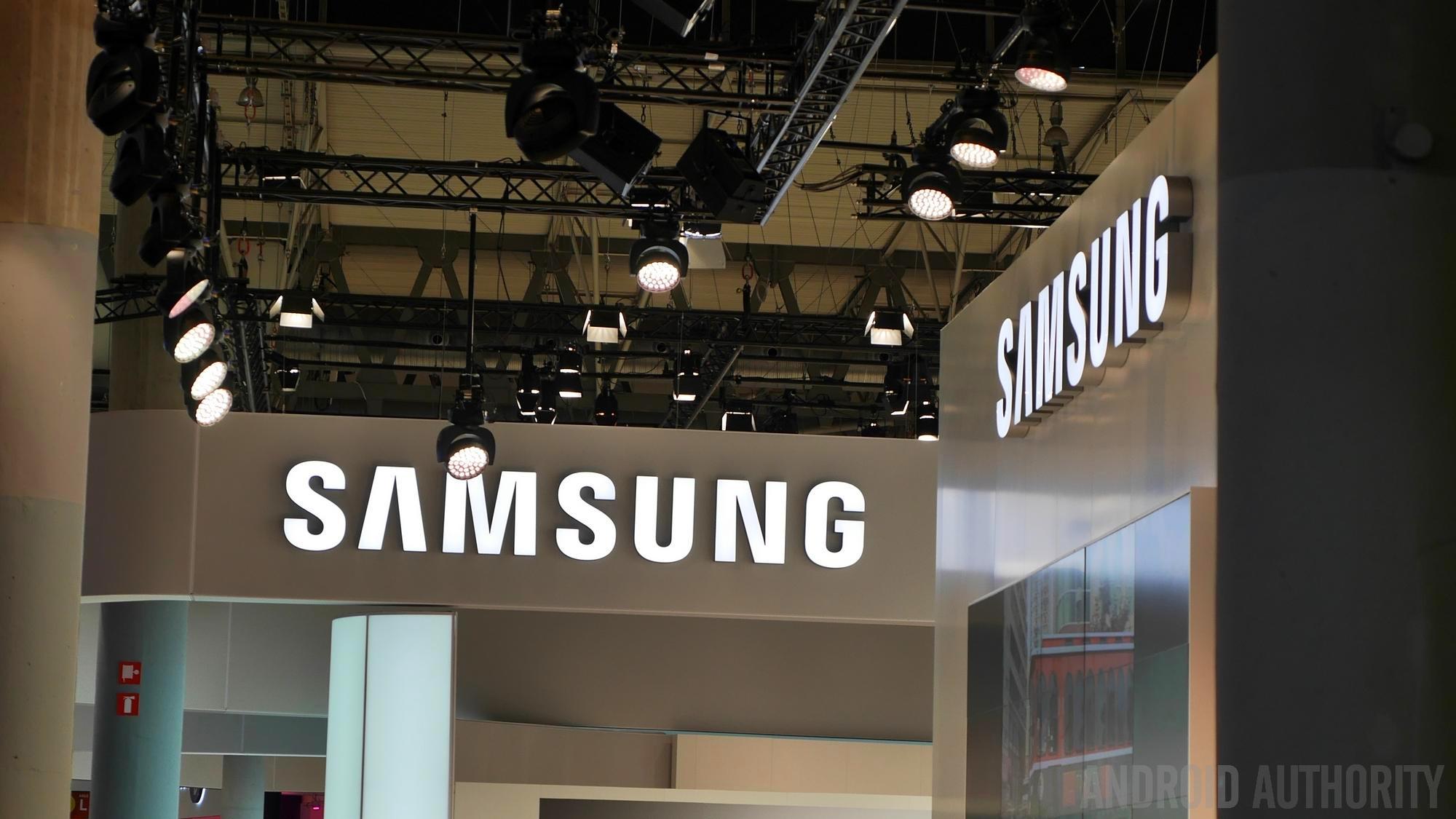
The name really speaks for itself; the company is one of the world’s leading display manufacturers and supplies displays to many of the world’s leading electronics manufacturers, including Apple. Samsung Display has already produced Quad HD Super AMOLED displays – which are used in both the Galaxy Note 4 and the Galaxy S6 – and also has the world’s first dual-curved smartphone in the Galaxy S6 Edge (which also uses a QHD Super AMOLED screen).
LG Display
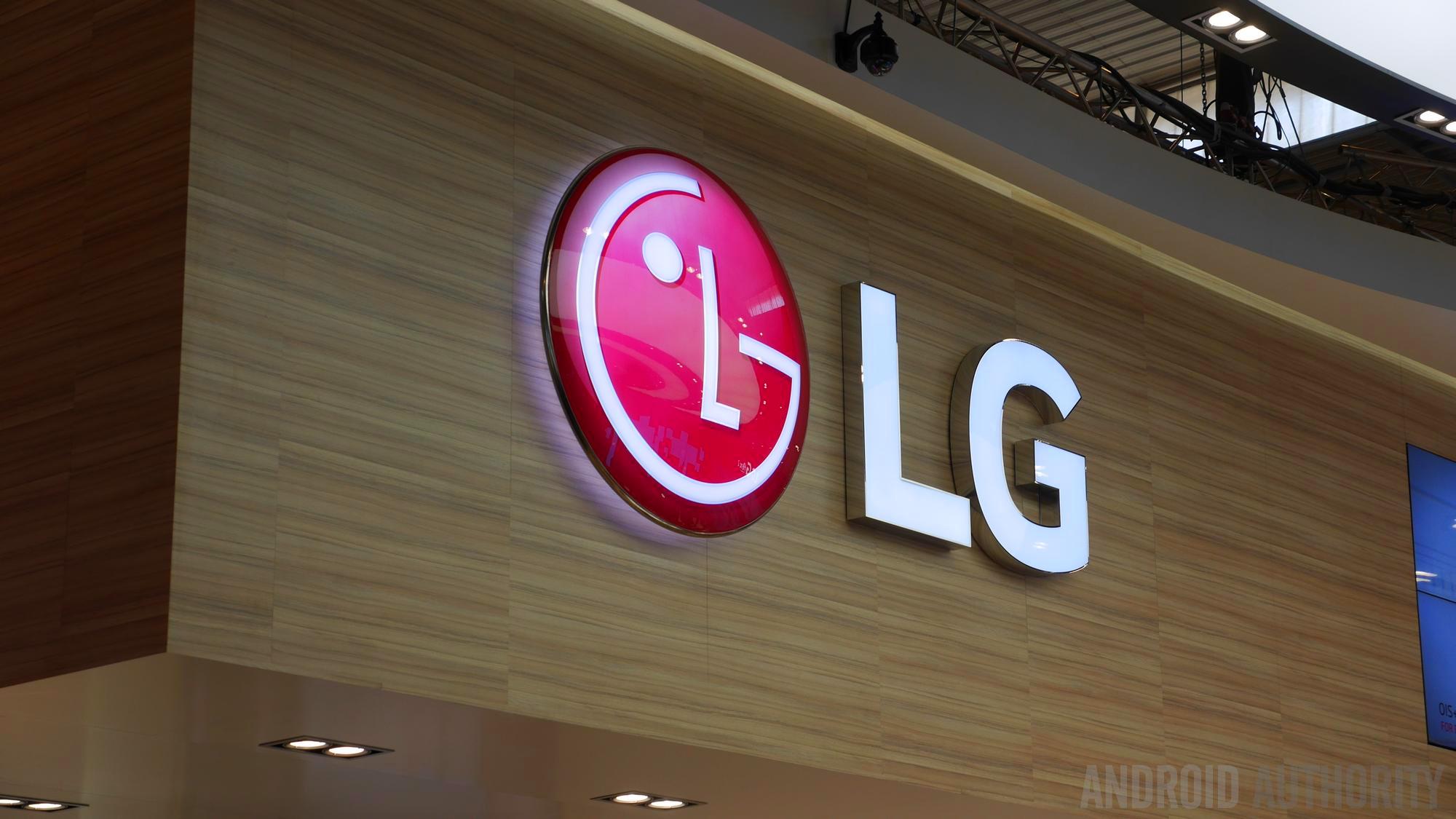
Better known for its TV display heritage, LG Display provides most of the panels used in LG smartphones, including the stunning Quad HD Quantum Dot Display used on the LG G4. Its display technology is also used in other smartphones. It’s worth noting that LG Display has been the world’s leading large-sized LCD manufacturer for the past four years and, in 2014, the company accounted for 26.7 percent of the market for displays measuring 9.1 inches and above (closely followed by Samsung, who had 20.2 percent).
Sharp
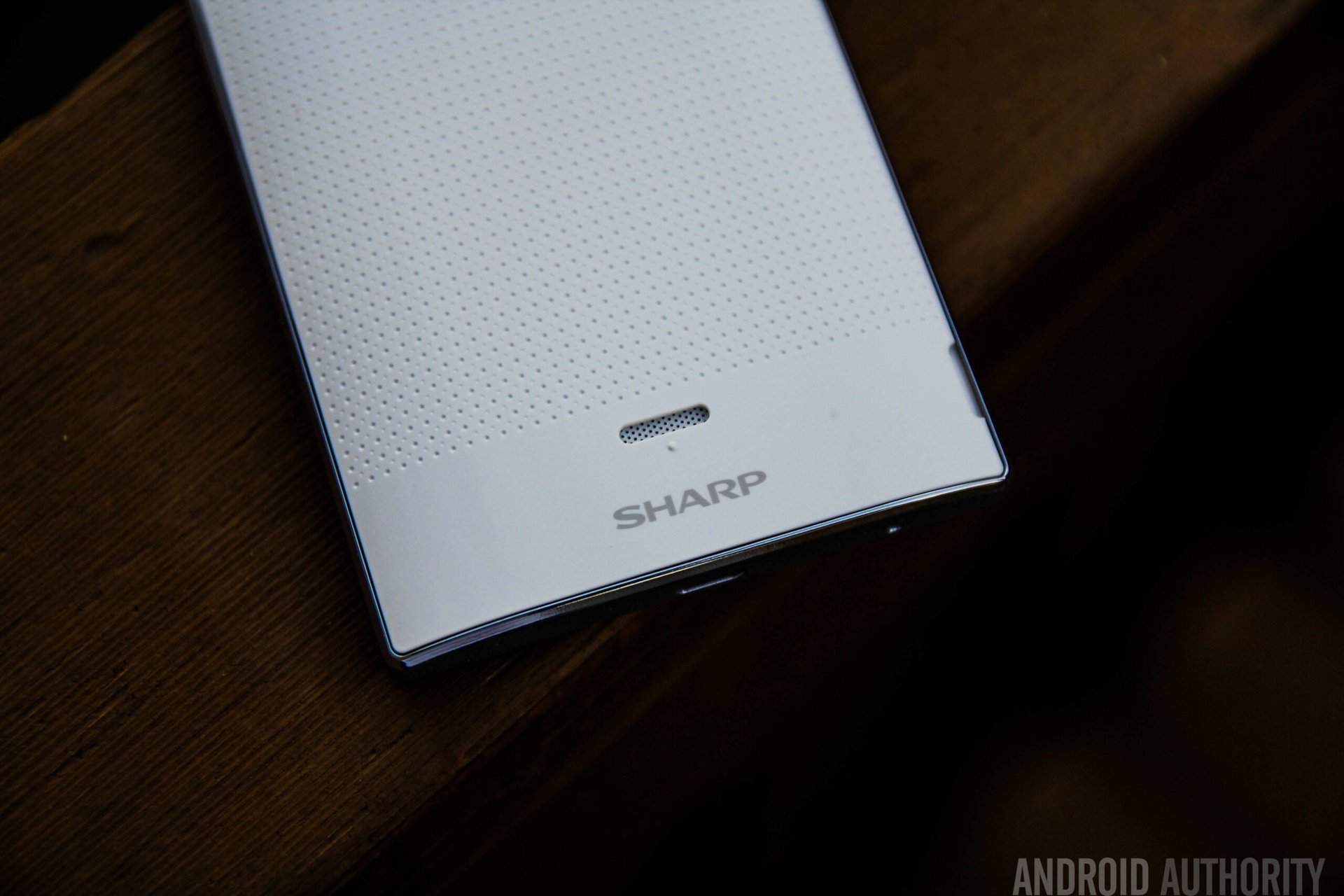
Sharp has a long and proud history in displays, beginning with its first television sets way back in 1953. The manufacturer produces screens of all sizes and owns the only 10th generation LCD manufacturing plant on the planet. In 2010, it struck an agreement to produce displays for Samsung and it can also count Apple and other OEMs amongst its customers. In 2014, the company recorded 2.8 percent of the large-sized LCD market and it has already shown off the world’s first 4K smartphone screen (more on that below).
Innolux

The Taiwanese company is relatively young, having only been founded in 2003 before being publicly floated in 2006. In March 2010, the company in its current state was founded through the biggest merger in the flat panel display industry, when Innolux, Chi Mei Optoelectronics and Toppoly Optoelectronics merged. In 2014, Innolux was the third largest producer of large screen displays with 17.8 percent of total shipments including supplying panels to Samsung, LG, Sony and providing most of the screens used in Toshiba, Sharp (where it is equal to Sharp itself), Panasonic and Phillips devices.
AU Optronics
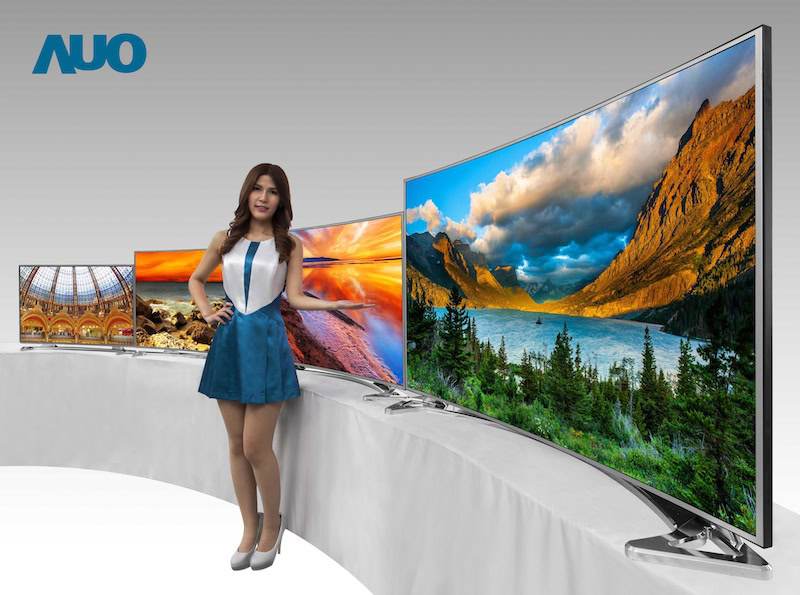
AU Optronics (AUO), the second Taiwanese manufacturer on our list supplies several manufacturers including Samsung, Sony, Toshiba and several Chinese manufacturers (including HiSense, Konka and Haier). With several smartphone players amongst its customers, AUO would have plenty of potential buyers if it developed a 4K smartphone screen. In 2014, the company controlled 16.8 percent of the large LCD market and provided a large amount of the displays used in Sony devices measuring 9.1 inches or more.
Japan Display
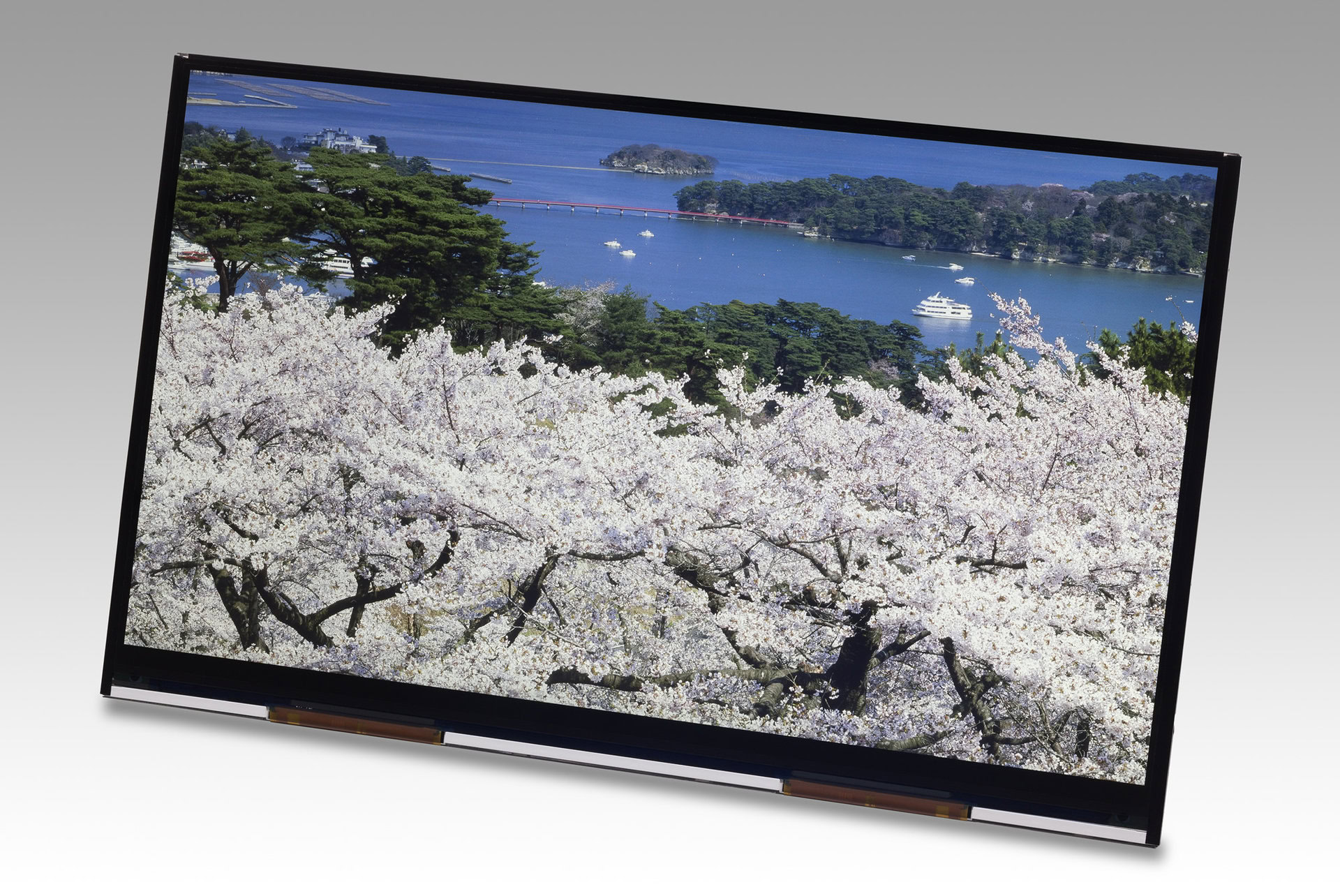
Japan Display Inc (JDI) is the youngest company on the market, having launched only on April 1st 2012 through the government-backed merger of the loss-making display divisions of Sony, Toshiba and Hitachi. JDI was created specifically to manufacturer small and medium sized displays for mobile devices and has the largest production capacity of LTPS LCD displays in the industry.
Benefits of 4K
There are many benefits to using 4K on smartphones, both immediate and in the future. The key benefits and reasons to use 4K in smartphones are the knock-on effect and the benefits to virtual reality.
Virtual reality
Virtual reality may seem like something that belongs in the movies but over the past year, we’ve seen a new breed of virtual reality devices, which are powered by smartphones. Samsung’s Gear VR range uses the company’s next-generation handsets (the Note 4 and Galaxy S6) as the display in a virtual reality headset and this trend looks like one that might be followed by other manufacturers.
Using 4K on a smartphone would offer more pixels for virtual reality to work with; the current smartphone market plateaus at Quad HD and while the experience is certainly immersive, the higher resolution offered by 4K would mean an even better experience.
Packing millions of pixels into a smartphone display would also mean colours and vibrancy are improved, resulting in an overall better VR experience. Virtual reality might still seem like a concept at times, but with smartphones ever developing, it’s only a matter of time before it becomes an integral part of our daily lives.
The knock-on effect
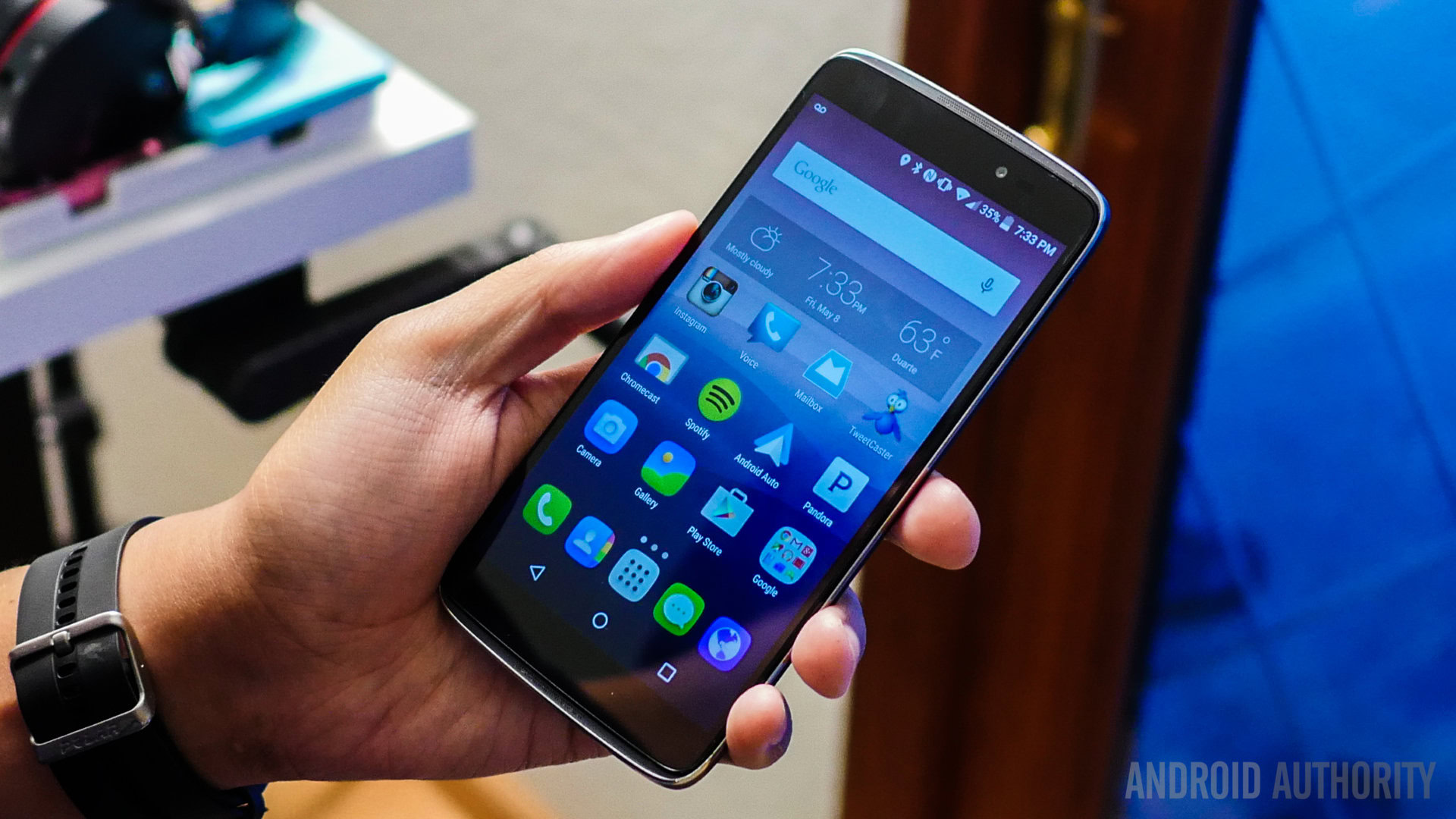
Arguably the biggest reason for manufacturers to go to 4K on their smartphones is the knock-on effect; as 4K Ultra HD panels become affordable at a smaller size, the cost of panels with Full HD and even Quad HD would reduce dramatically. As a result, manufacturers would be able to use these panels in handsets where, previously, this wasn’t possible due to the cost.
Affordable for all...
The knock-on effect is not just with the display, as 4K on smartphones would mean advanced processors are being used in flagships. As a result, all components that are currently used in flagships would reduce in price and instead of being limited to just premium devices with a high price tag, they would be affordable enough to be used further down the smartphone chain. As a result, the knock-on effect of 4K would mean the entire smartphone industry advances ahead of where it currently is.
Those are some of the big benefits of 4K on smartphones, but what about the potential pitfalls? What do manufacturers need to watch out for and is 4K on smartphones even technically possible?
Pitfalls of 4K
There are three perceived major pitfalls to using 4K on smartphones – battery life, cost, and lack of available content – and I personally believe that the design factor will also be a concern when considering 4K smartphones. Let’s take a look at these in more detail:
Battery life
The biggest concern with using 4K on a smartphone is an issue that affects all smartphones and doesn’t just apply to Ultra HD: battery life. Although mobile technology has advanced considerably over the past few years, battery technology hasn’t followed suit and one reason that manufacturers are avoiding even Quad HD resolution is the additional strain on the battery from powering those extra pixels.
The current crop of Quad HD enabled smartphones feature battery capacities between 2,550mAh and 3,300mAh and these provide on average, between 10 and 40 hours battery life depending on usage. Something I’ve personally noticed is that using Quad HD displays at full brightness – which is really the only way to enjoy the next-generation display and resolution – can reduce battery life by half, and with Ultra HD displays, the temptation will likely be to use the display at full brightness wherever possible, to make the most out of the next-generation display.
Powering an Ultra HD display will require more than just the display itself as next-generation processors will be needed to power the display in the most effective manner. Alongside the cost factor (which we’ll look at below), these may also draw more power and the effect on battery life is likely to be impacted even further.
Cost
The smartphone industry has followed a predictable trend over the past decade; at first, smartphones were very expensive with a small feature set and then as technology advanced, the cost of components and handsets themselves reduced considerably.
Over the past eighteen months, we’ve seen a trend where smartphones are currently rising in cost and this looks set to continue as the feature set of premium flagship handsets becomes more advanced. Consider the cost of the Galaxy S6, Galaxy S6 Edge, the Apple iPhone 6 and iPhone 6 Plus as outlined in the table below:
| Storage | iPhone 6 | iPhone 6 Plus | Galaxy S6 | Galaxy S6 Edge | |
|---|---|---|---|---|---|
| Storage | iPhone 6 | iPhone 6 Plus | Galaxy S6 | Galaxy S6 Edge | |
| Storage 16GB | iPhone 6 $649 / £539 | iPhone 6 Plus $749 / £619 | Galaxy S6 N/A | Galaxy S6 Edge N/A | |
| Storage 32GB | iPhone 6 N/A | iPhone 6 Plus N/A | Galaxy S6 $699 / £599 | Galaxy S6 Edge $849 / £ N/A | |
| Storage 64GB | iPhone 6 $749 / £619 | iPhone 6 Plus $849 / £699 | Galaxy S6 $799 / £660 | Galaxy S6 Edge $949 / £760 | |
| Storage 128GB | iPhone 6 $849 / £699 | iPhone 6 Plus $949 / £789 | Galaxy S6 $885 / £730 | Galaxy S6 Edge $990 / £899 | |
| Storage | iPhone 6 | iPhone 6 Plus | Galaxy S6 | Galaxy S6 Edge | |
| Storage | iPhone 6 | iPhone 6 Plus | Galaxy S6 | Galaxy S6 Edge |
Samsung’s flagship Galaxy S6 Edge has a starting price of $849 for the base 32GB model, which rises to $990 for the 128GB model and makes the Galaxy S6 Edge the highest-priced flagship on the market to-date. This handset comes with real innovation – the dual-edged curve makes the Galaxy S6 Edge the true flagship – but if the same handset were to sport Ultra HD resolution and next-generation internals, the price could conceivably increase by $200-$300, if not more.
Based on historical trends, it could take two years for Ultra HD to become truly affordable for smartphones and even then, it might take a year or two extra before it’s widely used on all smartphones. By way of comparison, the LG G4 also has a Quad HD display but can be had for approximately $699 and the varying price is down to the difference in materials and design.
As mentioned above, battery life would also need to be improved and innovation in battery technology may result in increasing the cost of a 4K smartphone further. As a result, it’s possible we could see 4K smartphones cost upwards of $1000 when they are first introduced to the market and this could make them inaccessible to most, if not all, consumers.
At present, 4K Ultra HD televisions can be purchased for as little as £400 (approx. $600) in the UK but no more than two years ago, these retailed for upwards of £2000 (approx. $3000). The drastic reduction in the cost of a 4K TV suggests that 4K smartphones would initially be higher priced but reduce in cost as more manufacturers explore the use of next-generation displays.
Lack of 4K video
4K televisions may have been around for a few years but the available 4K content doesn’t currently reflect the wide availability of 4K TVs. In the UK at least, broadcasters are yet to adopt the next generation standard and on more than one occasion, I’ve overheard discussions where consumers opt not to go for a 4K TV as the available content doesn’t reflect the cost of said TVs.
Producing content in 4K requires advanced equipment and an overhaul of existing infrastructure. Currently, broadcasters see very little reason to bare the cost of these upgrades as consumers themselves see very little appeal in 4K and this cycle could result in a stunt in growth and innovation.
The introduction – and adoption – of 4K on smartphones could provide the boost necessary to tempt media companies into making more 4K content. However, it’s also possible that manufacturers investing in 4K on mobile devices could find that consumers themselves have little interest in it.
The design factor
This is a pitfall to 4K that I personally believe should also be taken under consideration: the design factor. Smartphone design has followed the trend of handsets becoming smaller and thinner before displays became larger and larger; the current crop of handsets suggest that displays measuring between 4.7 and 5.2 inches are the plateau for a normal smartphone with displays between 5.5 and 6.5 inches indicating a phablet device.
OEMs currently follow one of two design strategies: go as thin as possible – like the flagship HUAWEI P8 which measures just 6.4mm thick – or go stylish with as many features as possible – like the curved HTC One M9 or the LG G4 which measures between 6.3mm and 9.8mm thick. The introduction of a 4K smartphone along with the extra battery capacity needed and the advanced internals could result in an impact on the possibilities of design. Could manufacturers like Samsung bring a handset that is as slim and feature-packed as the Galaxy S6 or dual-curved like the Galaxy S6 Edge and still incorporate an Ultra HD display, bigger battery and next-generation internals?
Do we need 4K on smartphones?
A couple of years ago, we may have asked the same question about Quad HD and before that, even about Full HD. 4K definitely has both major benefits and major pitfalls that OEMs will need to consider and evaluate before introducing a 4K smartphone, but the question of whether we need 4K is different to both Quad HD and Full HD.
The minimum density the human eye can see without being able to discern pixels is 350 pixels per inch density, which is slightly higher than Apple’s Retina Display on the iPhone 6, which offers 326ppi pixel density.
| Resolution | Screen Size | |
|---|---|---|
HD Ready | Resolution 1280x720 | Screen Size 4.196 inches |
Full HD | Resolution 1920x1080 | Screen Size 6.294 inches |
Quad HD | Resolution 2560x1440 | Screen Size 8.394 inches |
Ultra HD | Resolution 3840x2160 | Screen Size 12.588 inches |
Reverse calculating the density leads us to the figures in the table above, which suggest that a Full HD screen measuring 6.294 inches is the point at which the average human eye stops discerning individual pixels. For Quad HD resolution, the display size increases to 8.394 inches – like the QHD display on the Galaxy Tab S 8.4 – and for Ultra HD, this increases further to 12.588 inches.
Considering the trends we highlighted earlier in the design factor, a 4K smartphone measuring 5.0 inches would result in a pixel density of 881ppi – almost three times as much as the human eye actually needs – while a phablet measuring 6 inches would result in a pixel density of 734 pixels per inch (which is far above anything on the market at the moment).
The average human eye doesn’t need anything above Full HD resolution in a 5-inch phone, but the market has already moved significantly past this threshold. Likewise, bar some major technological obstacles (battery consumption, insufficient processing power), it looks like the industry will adopt 4K. To answer the question, we probably don’t need 4K, but the electronics industry rarely settles for “good enough,” so it looks like we’re going to get it anyway.
4K – who will get there first?
Now we know everything there is to know about 4K, the question becomes who will be first to market. Based on past innovation in the market, there are just a handful of companies who would be able to successfully bring a commercially viable 4K smartphone to market.
The most obvious of these are the two Korean manufacturers – LG and Samsung. Both companies have sibling divisions focusing on display technology and between them, they supply over 50 percent of the LCD panels used in consumer electronics today. LG was the first mainstream OEM to bring a Quad HD display to the market – the LG G3 – followed a few months later by Samsung with the Note 4.
Moving on from the big two and we come to two Chinese manufacturers: Huawei and Xiaomi. Speaking at the IFA 2015 GPC last month, Paul Gray – a Principal Analyst at IHS-DisplaySearch – quoted research that suggested 17 percent of all 4K televisions this year would be sold in China. The demand for technology in an ever-advancing market suggests that both of these manufacturers could be instrumental in bringing the first Ultra HD smartphone to market.
[related_videos title=”HUAWEI Tour of China 2015″ align=”right” type=”custom” videos=”584625,584626,585035,585103″]
During our trip to China in January, HUAWEI confirmed that it had no current plans to adopt Ultra HD on smartphones due to the perceived cost to battery life but the company also revealed that it is looking into next-generation battery technology. Innovation in battery would solve the perceived cost of features over battery life and could mean that HUAWEI finally adopts displays above Full HD.
Rival Chinese manufacturer Xiaomi is also worth a mention as a potential candidate to launch an Ultra HD handset, but this seems less likely as the company focuses on bringing devices at an affordable price. While some of their handsets may be higher priced than the company’s ARPU (Average Revenue Per Unit), it’s unlikely Xiaomi could introduce the first 4K Ultra HD smartphone and still make it affordable enough.
Last on this list is Sharp and we’ve saved this until the end for good reason – the company appears to be working on the first 5.5 inch Ultra HD on the market, though the Japanese company never officially confirmed its existence. The screen boasts an eye-watering 806 pixels per inch density and is expected to go into mass production next year. Rather tellingly, Chinese manufacturers are being suggested as amongst the first customers for the advanced smartphone display.
This information suggests that the first commercially available 4K smartphones will launch towards the end of 2016 or in early 2017. Based on current smartphone launch cycles, if Samsung and LG were first, then we could see next year’s Galaxy Note or LG G flagship offer Ultra HD but it’s more likely that the Consumer Electronics Show in January 2017 will be our first glimpse of a 4K smartphone.
4K – the conclusion
Talking to the BBC about Sharp’s new 4K smartphone screen, analyst Tim Coulling from Calasys suggested that the perceived benefits of upgrading from 2K to 4K are minimal:
“At a certain point, the improvements get less visually stunning. Once you jump from 2K to 4K, you’re going to struggle to tell the two images apart even if you have perfect vision.”
However, while this will certainly apply to smartphones, I personally think the benefits of using Ultra HD on a tablet would be more apparent. My thoughts are that Quad HD will suffice on any device up to 7 inches in size and Ultra HD should be limited to tablets measuring 7.1 inches or more.
Using this as an example, a Quad HD device measuring 7 inches would offer approx. 420 pixels per inch density (which is considered great by smartphone standards), while an Ultra HD display on a tablet measuring 8 inches (like the Galaxy Tab S) would offer 550ppi, which is slightly higher than the 533ppi density offered by the Quad HD display on the LG G4.
Smartphone displays have evolved drastically over the past two years, but while we’re able to get pixel densities in excess of 500 on a smartphone, the same can’t be said for the tablet market. As an example, the Retina Display on the iPad Air 2 offers 264ppi density while the Quad HD display on the Galaxy Tab S 10.5 offers 288ppi density – both of these are below the human eye threshold and offer an experience that is visibly worse than their smartphone counterparts. Increasing to Ultra HD would result in pixel densities of 454 and 419 respectively, which would bring tablets beyond the point at which the human eye can notice pixels.
It's just a question of who's gonna be first...
As compelling an argument the numbers make, the fact that Sharp have a Ultra HD smartphone panel in the making suggests that 4K and beyond will become reality sooner rather than later. Whether we need them or not is a debate that will be contested for years to come, but 4K on smartphones is soon to be reality; it’s just a question of who will be first.
Who do you think will be first? Do you think we need 4K on smartphones? Let us know your views in the comments below.